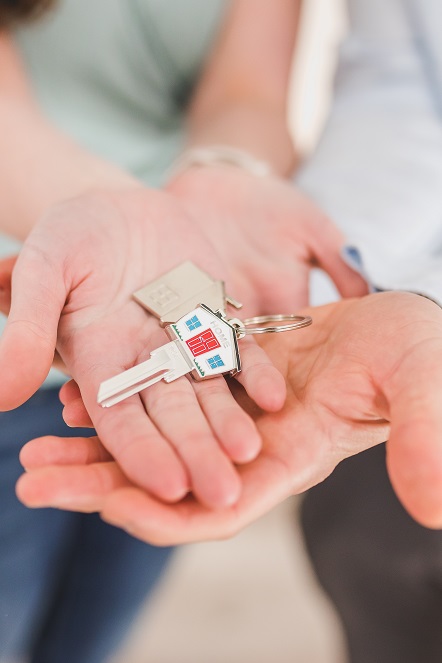
For veterans and active-duty military personnel, the U.S. Department of Veterans Affairs (VA) offers a unique home loan program designed to make homeownership more accessible and affordable. VA loans provide numerous benefits, including competitive interest rates, no down payment requirement, and flexible eligibility criteria. However, navigating the VA loan process can be unfamiliar territory for many veterans. In this article, we will provide a comprehensive guide to help veterans understand and navigate the VA loan process with confidence.
- Determine Eligibility: The first step in the VA loan process is to determine your eligibility. Generally, veterans, active-duty service members, and some surviving spouses may be eligible for VA loans. Eligibility is based on specific criteria, including length of service, discharge status, and service-related disabilities. You can verify your eligibility by obtaining a Certificate of Eligibility (COE) from the VA or working with an approved lender who can assist you with the process.
- Find a VA-Approved Lender: To apply for a VA loan, you need to work with a VA-approved lender. These lenders are well-versed in VA loan requirements and have experience working with veterans. Research and compare different lenders to find one that best meets your needs. Look for lenders who specialize in VA loans, provide excellent customer service, and offer competitive interest rates and terms.
- Gather Documentation: To initiate the loan application process, you will need to provide certain documentation to your lender. This typically includes your COE, proof of income, tax returns, bank statements, and details about your service history. It’s important to have these documents readily available to expedite the loan application process.
- Prequalification and Preapproval: Before house hunting, it’s advisable to get prequalified or preapproved for a VA loan. Prequalification is an informal assessment based on your financial information, while preapproval involves a more thorough evaluation of your financial situation. Preapproval provides a clearer picture of your purchasing power and can give you an advantage when making offers on homes.
- Shop for a Home: Once you are preapproved, you can start shopping for a home within the price range specified by your lender. Keep in mind that VA loans can be used to purchase various types of homes, including single-family homes, condominiums, and multi-unit properties (up to four units). It’s important to work with a knowledgeable real estate agent who understands the VA loan process and can help you find properties that meet VA loan requirements.
- Home Appraisal and Inspection: When you find a home and make an offer, the property will need to undergo a VA appraisal and inspection. The VA appraisal ensures that the property meets minimum property requirements (MPRs) and is valued appropriately. The inspection assesses the overall condition of the home and identifies any potential issues or repairs needed.
- Loan Underwriting and Approval: After the appraisal and inspection, the loan goes through underwriting, where the lender reviews your financial information, the property appraisal, and other relevant documents. If all requirements are met, the lender approves the loan, and you can move forward with the closing process.
- Closing and Loan Funding: During the closing process, you will sign the necessary paperwork, including the mortgage note and other loan documents. It’s crucial to carefully review and understand the terms and conditions of the loan before signing. Once the paperwork is completed, the loan is funded, and you become the proud owner of your new home.
- Repayment and Servicing: After closing, you will start making monthly mortgage payments to repay the loan. VA loans offer various repayment options, including automatic payments and online account management. The loan servicing is typically handled by a loan servicer approved by the VA.
It’s important to note that throughout the entire VA loan process, it’s beneficial to ask questions, seek clarification, and work closely with your lender and real estate professionals. They can provide guidance, answer your concerns, and ensure a smooth and successful experience.
In conclusion, the VA loan process offers veterans and active-duty military personnel an excellent opportunity to achieve homeownership. By understanding the steps involved, gathering the necessary documentation, and working with experienced professionals, veterans can navigate the VA loan process with confidence and unlock the benefits of this valuable program. Remember, the VA loan process is designed to support and reward your service, so take advantage of the resources available to you and enjoy the journey to homeownership.